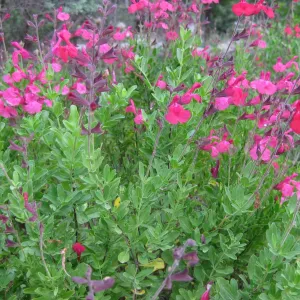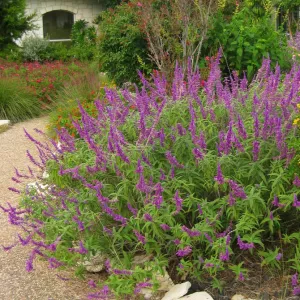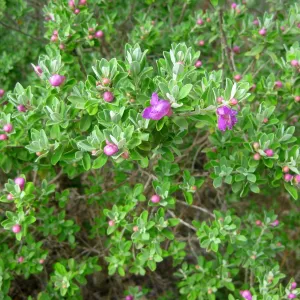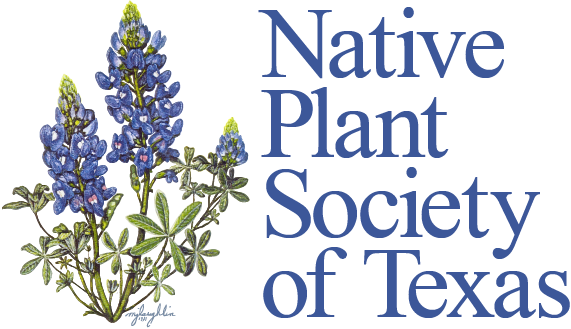by Becky Eterno – Boerne Chapter, Native Plant Society of Texas
Published in the Boerne Star on July 18, 2014
My gardening career has progressed over almost 50 years through three distinctly different climates. Escaping the north’s long, wet winters, our move to Colorado in 1986 allowed me to learn a new plant palette suitable to the high, dry Boulder County plains. I eventually became somewhat expert in native/adapted/xeric/rock garden perennials and shrubs over 18 years in the CO green industry.

And now for almost seven years in the beautiful Hill Country, I’ve been learning another new plant palette – one which has very little congruence with the ones I already knew. However, the Texas move seemed “made to be,” since for years up north my “Texas Bed” hosted a series of tender Texas plants in the sunniest, warmest place I had. Most limped along for a few years, finally dying from winter cold.

My familiar plants from the “Texas Bed” grow correctly here. Plants like Claret Cup cactus, Salvias greggii, darcyi, and leucantha, Texas Ranger, Agaves, Redbuds, Desert Willow all bloom earlier, longer and more freely down here where they belong. For instance, Claret Cup languished through Colorado winters only to revive and bloom in August. Here at home it blooms by March!


One plant genus, however, is an outright Texas star: the Salvias. Big, little, all colors – with an especially nice group of blue/purples and good reds, annual, perennial or shrubby , the aromatic salvias tolerate heat, drought, lean soil and the depredations of my least favorite animals – deer. Many are native to Texas, but other Southwestern and Mexican salvias like it here, too.
Trees and shrubs, too, required a new look. No pie cherries, crabapples, azaleas, lilacs or Asian witch- hazels here! Instead we have Cenizo in variety, lots of shrubby Salvias, hollies, oaks, Texas Mountain Laurel, Golden Leadball, Retama and the very beautiful Anacacho Orchid tree, to name only a few. Some handsome exotic woody plants love it here, too, even though the natives purist might scorn them – figs, olive, lacebark elm, tender roses like Rosa mutabilis and the gorgeous Crape Myrtle in many varieties.
Enough about plants, now to climate. Our heavy alkaline soils don’t present the major problem. “Winter,” the tough time, is summer here, the crucible for any introduced plant and even the natives. I can’t say how many times I’ve thought “Yay! My – insert any cool plant name here – is going to adapt!” Only to see it melt away in July and August when there’s no “cool,” even at night. Hot, sun-baked soil alternating with root-rot-producing deluges of rain make adapting a real problem for most temperate-zone plants. I can’t think of a better way to be successful at Hill country gardening than to seek out and use natives whenever possible. They evolved with the climate – no “climate change” needed for them!
